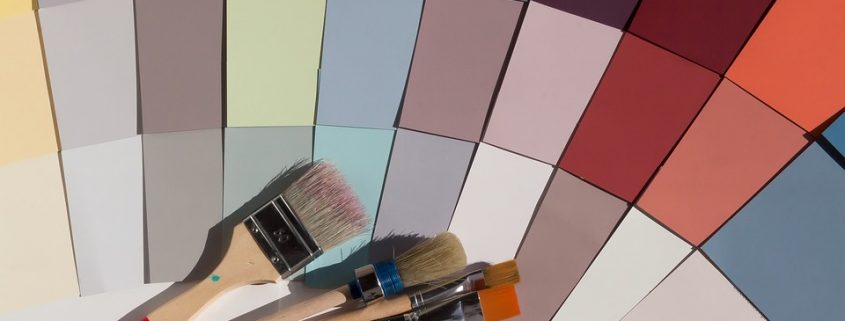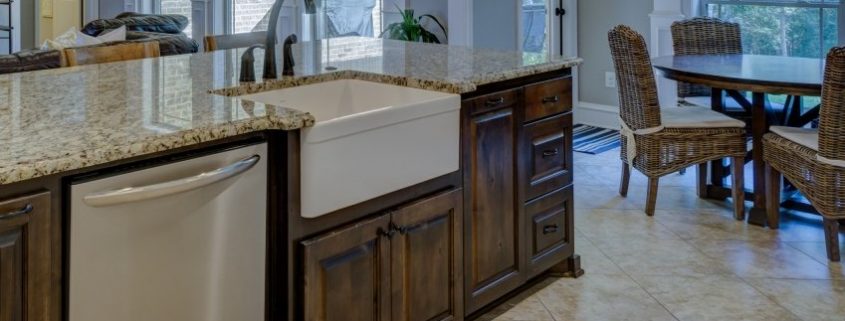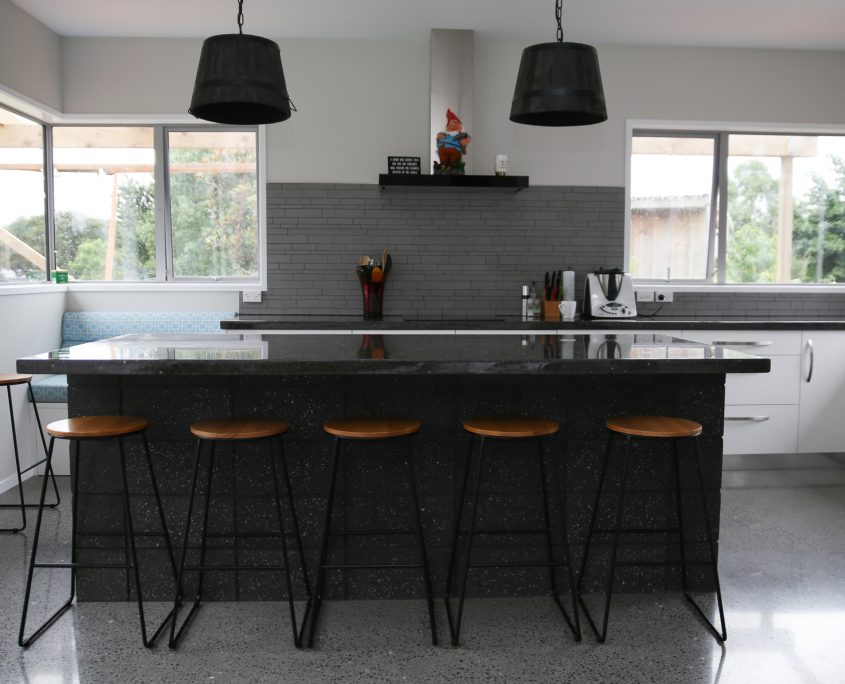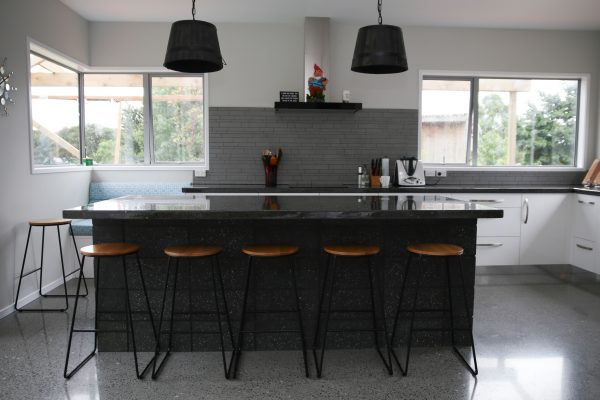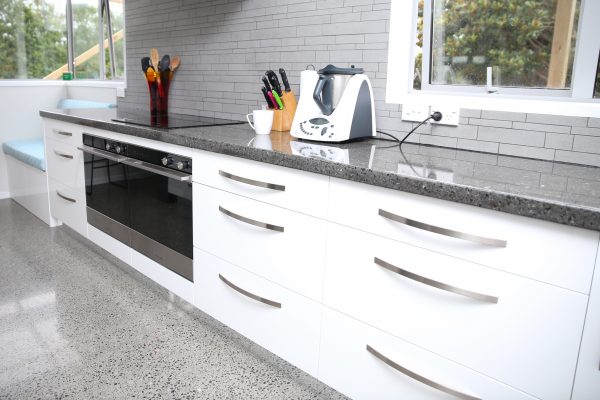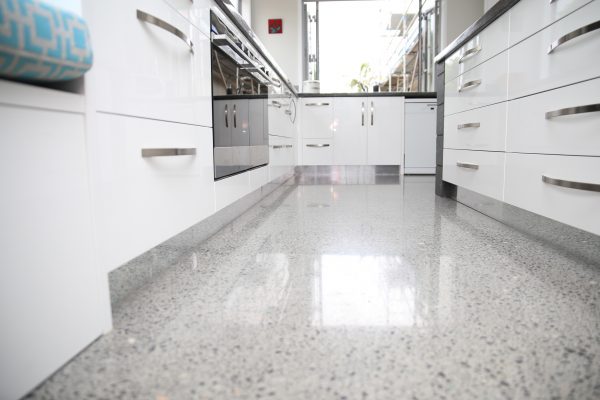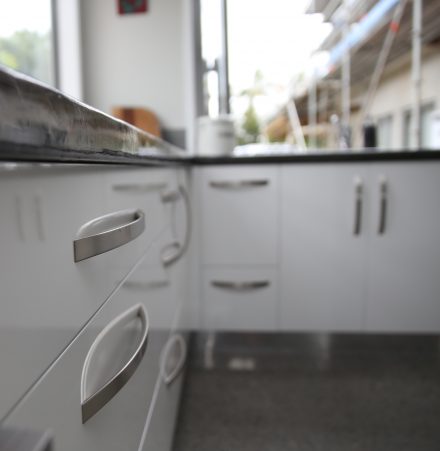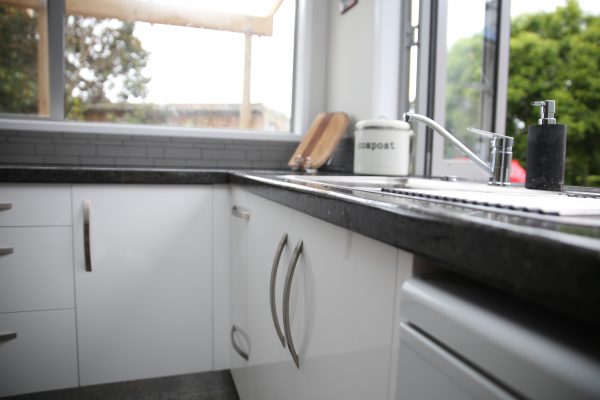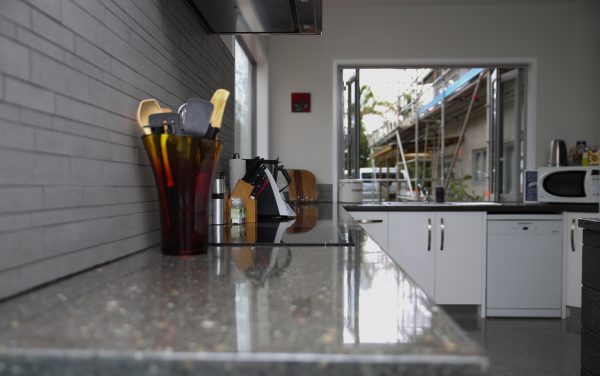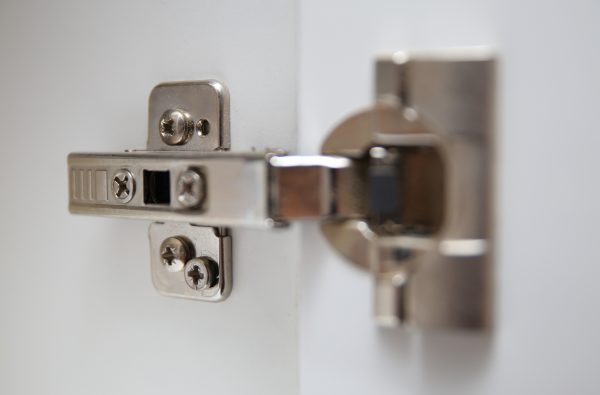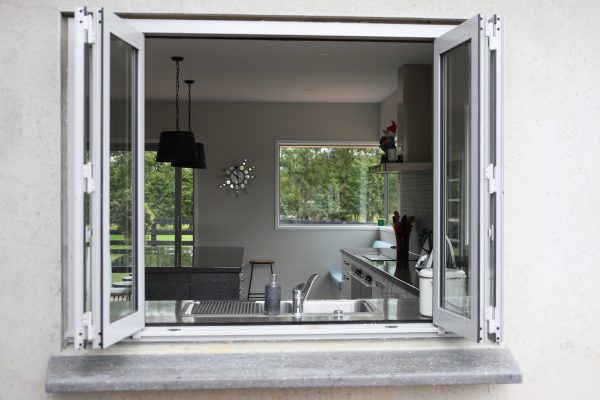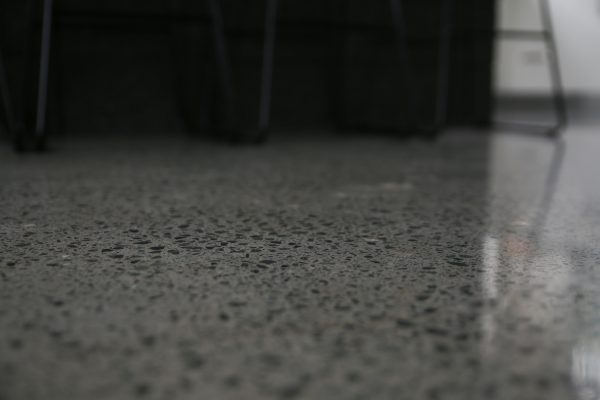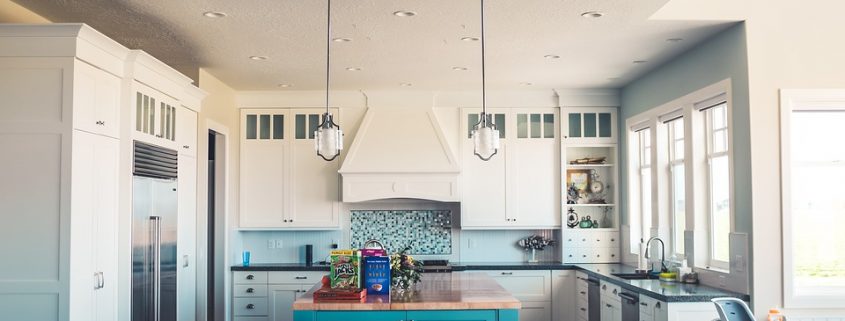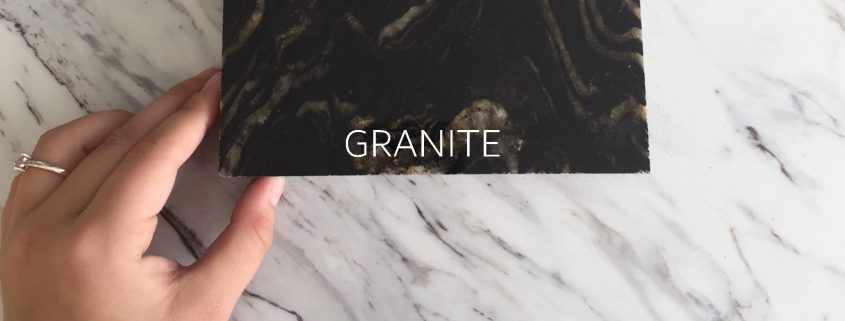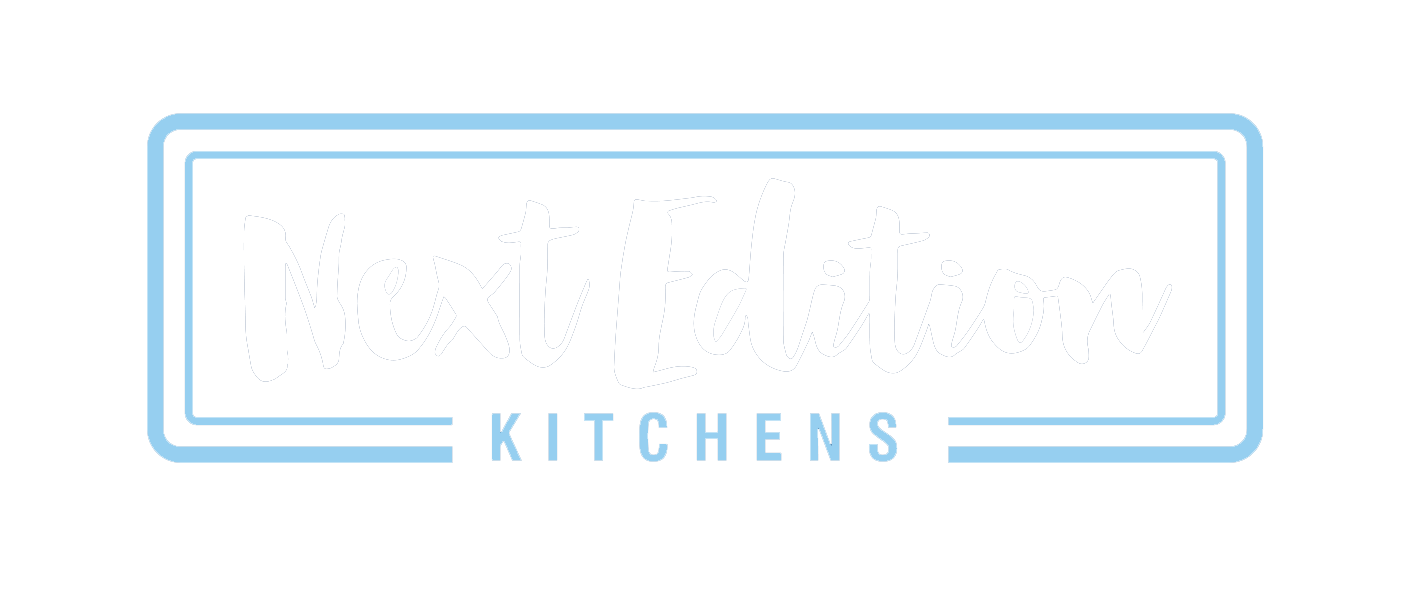Most Included Trends In 2018 Designs
Most included trends in 2018 designs.
If you have just recently renovated or are looking into doing so, you’ll probably already know about these common trends everyone’s diving for in 2018 and we don’t blame these choices – read on to see what everyone’s hyping over!
Banquette Seating:
Believe it or not, this is an older trend which has rocketed into today’s trends and we aren’t complaining! This simple, yet practical idea has an edgy yet comfortable look and has more room for family/friends for that Sunday night roast or even a nice hot cuppa’ tea on that rainy day with your favorite book. With its space-saving design of bench seating made more sense than including a full set of table and chairs in the space of the kitchen.
Furniture historians trace the banquette, derived from the Germanic word for bench, back to 15th century France. Having seating is the kitchen was to have a concealed entry to secret passages that may have been located underneath banquettes in palaces and castles and was typically made from wood whereas nowadays they are made with cushioning and material to match your style.
Flat front Cabinetry:
We all want the simple yet elegant look but also still want to be able to open and close our cabinets and drawers, so this is where our push touch system comes into the trends of 2018 – no more catching your clothes on the edge of your handles, no more bumps and bruises on the children’s foreheads from running into the edge. Unfortunately, this design has no history behind it but take it from us that if you’re wanting a clean, seamless edge then for sure go for this!
Tile splashbacks:
While the kitchen splashback is a common aspect in many houses now, it wasn’t always this way. In fact, the modern idea of a kitchen splashback is a relatively recent invention, but where did this fantastic, practical idea originate from?
Like many common household features, the splashback can’t be traced to one single source. What we can confirm about the original splashbacks is that they came into use shortly after running water became widespread around the 1930s due to the advent of running water, kitchen innovations emerged swiftly, and the backsplash became a common kitchen sight.
Originally, backsplashes were about 4 inches high and were made of fragile materials like glass or tiles. Many were simply attached to the then-popular butler sink. When under-mount sinks rose to popularity in the 40s, splashbacks were no longer directly attached to the sink, so the only solution was mounting the backsplash directly to the wall. Over the following decade, the splashback became a popular place to demonstrate decor tastes. Around this time, the bright colors and creative patterns of the cement tile backsplash became the stylistic standard.
Even though the cement tile splashback rose to fame in the 1950s, it’s held up to the many home decor style changes over the years with ease whether it adds liveliness to a simple kitchen or accompanies a lively, colorful kitchen, the cement tile backsplash shines in just about every setting. In addition to its persistence’s, cement tile has proven to be one of the best materials for a splashback, why? Because of Its natural durability and easy clean-up is perfect for facing the splatters, stains of cooking. Over the years, production quality has only increased, so modern cement tile is likely to last even longer and hold to even more sauce stains, oil spatters, and splashes of water than its prototypes.
Mixed Metals:
This is such an elegant touch to incorporate into your designs to give the kitchen an edgy yet modern touch, there are different sorts of colors and finishes to choose from to suit your style like Matte black/white, polished chrome, brushed nickel just to name a few. There isn’t much history behind this one as it’s more so a design compliment for the finishing touches.
Multi-purpose islands:
2018 has just gone a step higher with trends and practicality has seemed to really boost up there alongside all the trends – this is a great example.
Shortly after World War II, popular home design shifted from closed floor plans to open concept spaces (sound familiar?) designed to make the work within the home more efficient and less labor-intensive. An expansive, wide-open kitchen meant that dinner could be prepared while children in the family room were in clear view. Once dinner was ready, everyone could eat in the kitchen itself rather than the dining room, making it easier for the cook to serve and manage the meal but with all the benefits an open concept floor plan presented, it came with challenges, namely a shortage of storage and counter space. Therefore, the kitchen island was born.
The kitchen island became a solution to space challenges, providing more surface area, storage potential, and a place for everyone to come together while others were cooking (plus, as we well know now, it also serves the purpose of separating the kitchen from living areas in absence of walls).
It is very popular to add in a cook top or a sink into your island now, but the options of design are endless! Come and talk to us down at Next Edition Kitchens to see what we can do for you!
Style trends come and go, so don’t invest in the latest look unless you love it. That said, highly-personalized or outdated style choices can limit the appeal of your property for resale.
For major renovation projects, it’s always a good idea to stick to the more neutral colors and classic styles. It will give your remodel durability and appeal to the greatest number of buyers when it comes time to sell. It will also give you flexibility to update your look in a few years without a total overhaul. Use non-permanent fixtures – like paint, furniture and accent pieces – to personalize the space and incorporate trendier choices.

